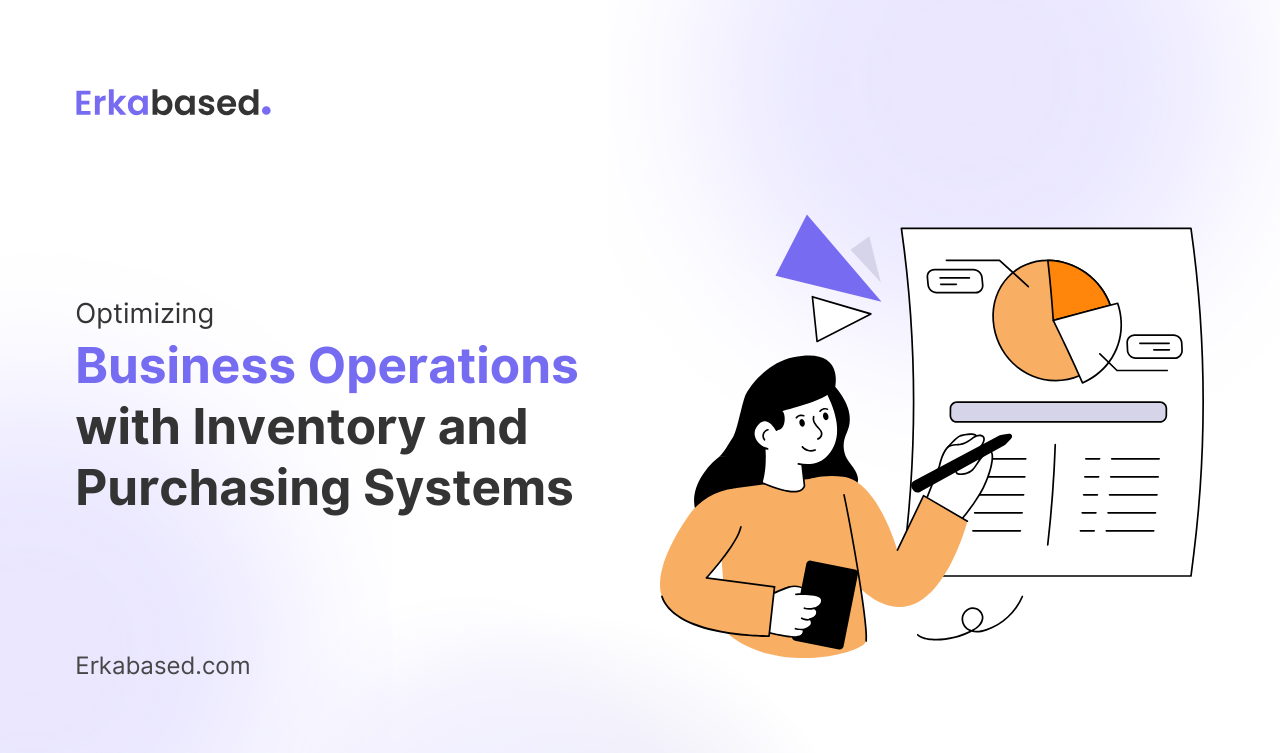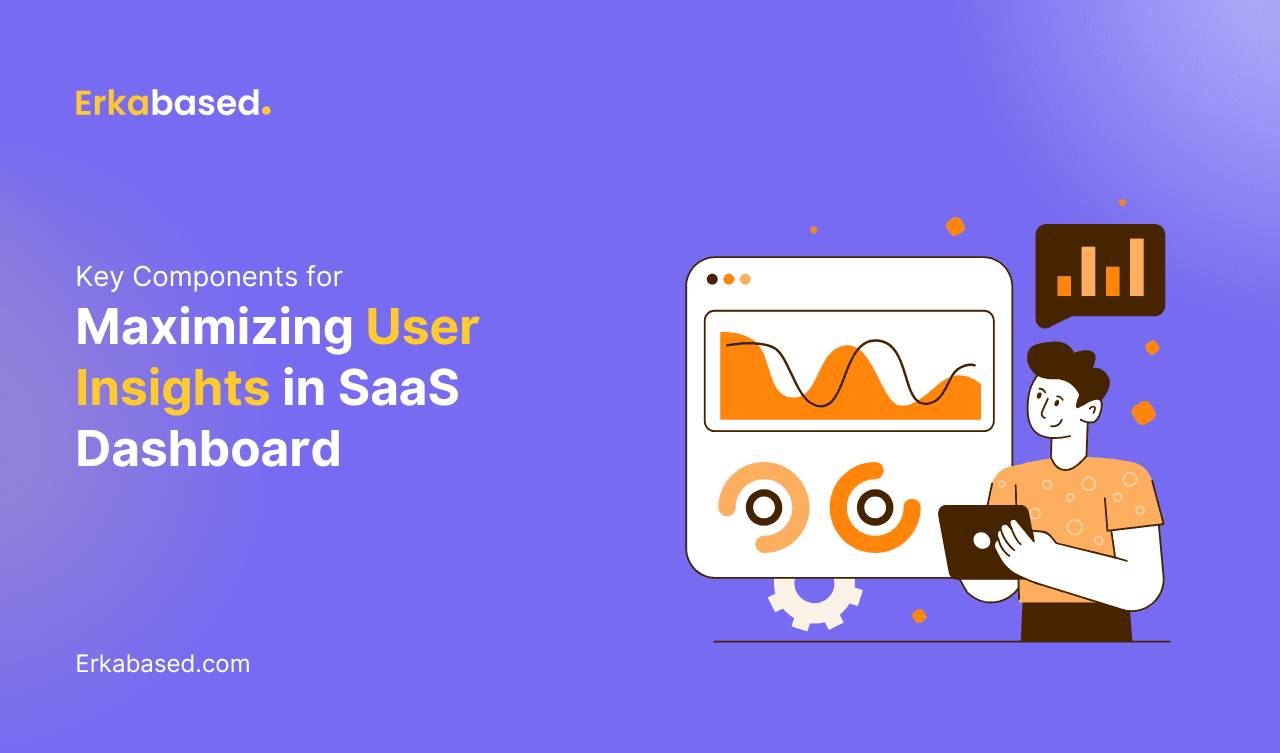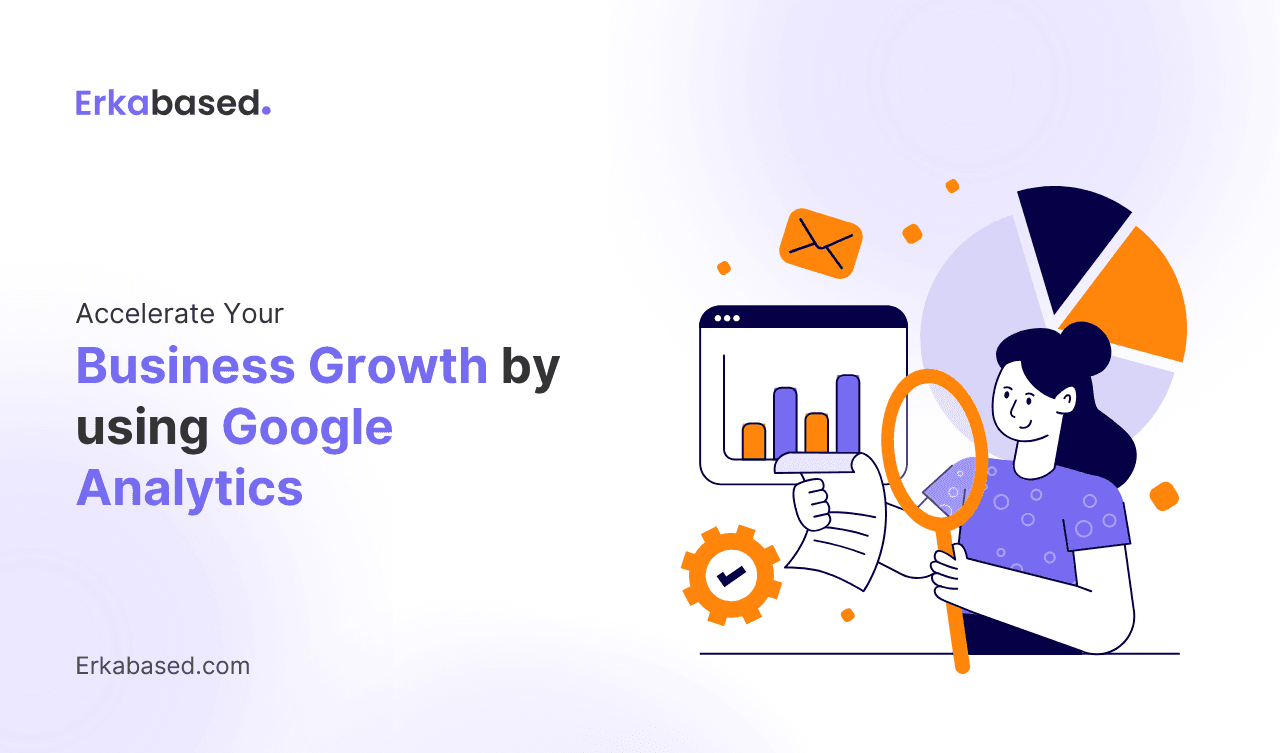Introduction
In today’s competitive business landscape, the key to profitability lies in operational efficiency. For many businesses, managing inventory and purchasing effectively can be the difference between streamlined processes and unnecessary financial drain. If you are struggling with outdated systems, manual tracking, or mismanaged inventory, it’s time to consider adopting an Inventory and Purchasing System that optimizes your operations and enhances profitability.
In this comprehensive guide, we will break down what an Inventory and Purchasing System is, its essential features, and the benefits it brings to your business. We’ll also discuss how these systems can improve both day-to-day operations and long-term strategic planning, helping businesses to reduce waste, improve stock accuracy, and make more informed purchasing decisions.
What is an Inventory and Purchasing System?
An Inventory and Purchasing System is a software solution designed to manage the entire process of ordering, storing, and using inventory. This system tracks stock levels in real time, ensures that purchasing aligns with demand, and helps avoid the costly pitfalls of overstocking or stockouts.
While managing inventory manually or through spreadsheets may work for smaller businesses, it becomes increasingly inefficient as the business scales. An automated system offers a more streamlined, accurate, and effective approach to managing both inventory and purchasing processes.
By implementing an Inventory and Purchasing System, businesses gain greater control over their supply chain and have the tools needed to make data-driven decisions that directly impact the bottom line.
Key Features of an Inventory and Purchasing System
An effective Inventory and Purchasing System comes equipped with several essential features that enable businesses to track and manage stock efficiently. Below are some of the most important features to look for:
Real-Time Inventory Tracking
One of the primary benefits of an Inventory System is the ability to track stock levels in real time. This ensures that your business knows exactly how much stock is available at any given moment, reducing the likelihood of overstocking or running out of key products. Real-time tracking allows for more responsive inventory management, particularly for businesses that deal with fluctuating demand or seasonal sales cycles.
Automated Purchasing
Automated purchasing features ensure that orders are placed based on predetermined stock levels or sales forecasts. This eliminates the need for manual ordering and helps prevent both overstocking and stock shortages. With automated purchasing, the system generates purchase orders as soon as stock reaches a certain threshold, allowing businesses to maintain optimal stock levels.
Supplier Management
A robust Inventory and Purchasing System includes supplier management tools, allowing businesses to track supplier performance, manage vendor relationships, and monitor the timeliness and accuracy of deliveries. These tools ensure that businesses are working with reliable suppliers and can quickly address any issues that arise with orders or deliveries.
Purchase Order Management
Managing purchase orders manually can lead to errors, misplaced orders, and delayed shipments. An automated system simplifies this process by tracking every order, from creation to receipt. This level of control ensures that businesses are always aware of their outstanding orders and can anticipate when new stock will arrive.
Multi-Location Support
For businesses with multiple locations or warehouses, managing inventory across different sites can be a challenge. A system that supports multi-location inventory management provides a unified view of stock levels across all sites, enabling more effective distribution and reducing transportation costs between locations.
Inventory Forecasting
Inventory forecasting tools use historical data and sales trends to predict future demand. This allows businesses to plan their purchasing more effectively, ensuring they have the right amount of stock on hand for upcoming sales periods while avoiding overstocking.
Integration with Accounting Systems
Seamless integration with accounting software ensures that your purchasing and inventory data are reflected accurately in your financial reports. This integration helps maintain a clear overview of costs, margins, and profits, streamlining the financial management aspect of inventory.
The Benefits of Implementing an Inventory and Purchasing System
Now that we’ve outlined the key features of an Inventory and Purchasing System, let’s explore the broader benefits that come from adopting such a solution. These benefits not only impact operational efficiency but also contribute to long-term profitability and strategic growth.
Improved Stock Accuracy
Manual inventory tracking often leads to discrepancies between recorded stock levels and actual stock on hand. With real-time tracking, businesses can maintain accurate stock records, reducing the risk of stockouts or overstocking. This improved accuracy ensures that businesses can meet customer demand without tying up excessive capital in unsold goods.
Cost Savings
Overstocking inventory ties up capital that could be better used elsewhere, while stock shortages can lead to missed sales opportunities and dissatisfied customers. By automating inventory management and purchasing, businesses can strike the right balance, optimizing stock levels to meet demand without overspending. Additionally, automated purchasing reduces human error and improves the efficiency of the supply chain, leading to cost savings across the board.
Enhanced Supplier Relationships
Having a clear overview of supplier performance helps businesses build stronger, more reliable supplier relationships. When businesses can track delivery times, order accuracy, and pricing consistency, they can identify the most reliable vendors and negotiate better terms. This leads to smoother supply chain operations and can improve profitability through more favorable purchasing agreements.
Streamlined Operations
An Inventory and Purchasing System reduces the administrative burden on employees by automating many of the tasks involved in managing stock. This frees up time for staff to focus on higher-value activities, such as strategic planning, customer service, or expanding product lines. Streamlined operations also mean fewer disruptions, ensuring that customers receive their orders on time and with minimal errors.
Better Decision-Making
With real-time data on stock levels, sales trends, and supplier performance, businesses are in a better position to make informed decisions. Whether it's deciding which products to reorder, identifying seasonal sales trends, or determining the best time to purchase, businesses can rely on data rather than guesswork. This leads to smarter purchasing decisions and a more efficient allocation of resources.
Scalability
As businesses grow, their inventory and purchasing needs evolve. A scalable system can grow alongside the business, accommodating increasing stock levels, multiple locations, and a larger supplier base. This scalability ensures that businesses can continue to operate efficiently as they expand, without the need for costly system upgrades or replacements.
Overcoming Common Inventory and Purchasing Challenges
Inventory and purchasing management present a range of challenges, particularly for businesses that rely on manual processes or outdated systems. Below are some of the common challenges and how an Inventory and Purchasing System helps address them:
Stock Discrepancies
When businesses track inventory manually, discrepancies between recorded and actual stock levels are common. This can lead to stockouts or excess inventory, both of which negatively impact profitability. A system that tracks inventory in real time ensures that businesses always know how much stock is on hand, reducing discrepancies and improving overall accuracy.
Inefficient Purchasing Processes
Manual purchasing processes are prone to delays and errors, particularly when businesses are managing multiple suppliers. An automated system streamlines this process by generating purchase orders automatically based on stock levels or sales forecasts. This improves the efficiency of the supply chain and ensures that businesses receive the stock they need when they need it.
Inconsistent Supplier Performance
Working with unreliable suppliers can lead to delays, inaccurate orders, and increased costs. An Inventory and Purchasing System includes tools for tracking supplier performance, allowing businesses to identify and address issues before they escalate. With better supplier management, businesses can ensure that their supply chain operates smoothly and efficiently.
Inadequate Stock Forecasting
Without accurate forecasting, businesses risk either understocking or overstocking products. Both scenarios lead to lost revenue opportunities—either through missed sales or excess stock that can’t be sold. An Inventory and Purchasing System uses historical data and predictive analytics to forecast future demand, helping businesses make more informed purchasing decisions.
How to Choose the Right Inventory and Purchasing System
When it comes to selecting the right Inventory and Purchasing System for your business, several factors should guide your decision. Below are key considerations to keep in mind:
Ease of Use
An effective system should be user-friendly and intuitive. If the software is too complex, employees may struggle to use it effectively, leading to inefficiencies. Choose a system with a clear interface and straightforward functionality that your team can easily adapt to.
Scalability
Ensure that the system you select can scale with your business as it grows. Whether you plan to add new locations, expand your product range, or increase your supplier base, the system should be able to accommodate these changes without requiring major upgrades.
Integration Capabilities
The ability to integrate with other software systems is critical for ensuring that your Inventory and Purchasing System works seamlessly with your existing business tools. Look for systems that integrate with your accounting software, ERP, or sales platforms to ensure a smooth flow of data across departments.
Customization
Every business has unique inventory and purchasing needs. The best systems offer customization options, allowing you to tailor the software to your specific business requirements. From custom reporting features to specific supplier management tools, ensure that the system can be tailored to meet your needs.
Support and Training
Implementing a new system can be challenging, especially if your team is not familiar with the software. Choose a vendor that offers comprehensive training and ongoing support to ensure a smooth transition and successful implementation.
Conclusion
Investing in an Inventory and Purchasing System is a strategic move for any business looking to optimize operations, reduce costs, and improve profitability. By automating and streamlining key processes, such a system not only helps businesses manage their stock levels more effectively but also enhances supplier relationships, reduces human error, and provides valuable insights for better decision-making.
At Erkabased, we specialize in developing customized Inventory and Purchasing Systems that are tailored to meet the specific needs of your business. Our solutions are designed to help you streamline your operations, reduce overhead, and increase profitability. Ready to take control of your inventory and purchasing processes? Contact Erkabased today to learn more about how we can help you optimize your business operations with cutting-edge software solutions.






